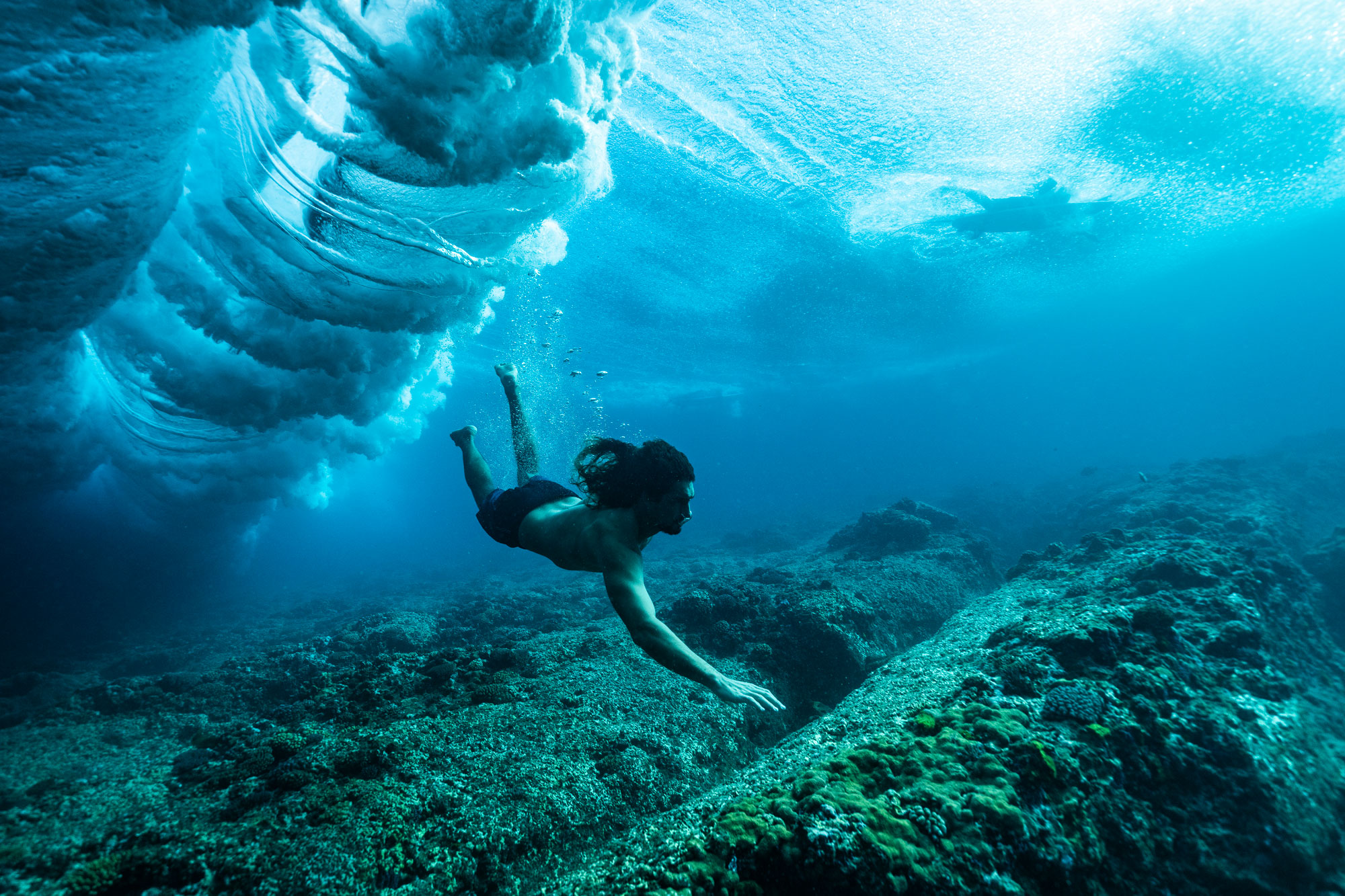Two of the most critical topics for Fiji today, tourism and environmental protection have momentarily merged to bring hope thanks to the visit of a team of marine scientists from the multiscale environmental graphical analysis (MEGA) lab in Hilo, Hawai’i.
MEGA lab aims to develop innovative technologies and provide them to communities like ours that need them the most.
This merging of surf tourism and science tourism has a great many benefits for the future of our marine ecosystem and for sustainable, environmentally friendly visits to Fiji.
Scientists, researchers, surfers; the team of five visited our waters in July this year to 3D map Cloudbreak Reef, Tavarua and enjoy our waves in the process.
Assistant professor in Marine Science and Data Science at the University of Hawai’i, Dr John HR Burns said “Understanding the structure of a reef is critical to predicting how it will respond to environmental stressors.
By mapping how the coral community changes along the reef we learn how the living coral and waves influence both reef health and wave characteristics. This information is powerful, and enables us to predict how the system may change in the face of global stressors such as sea level rise.”
The project was led by Dr Cliff Kapono, accompanied by Dr Haunani Kane as the remote sensing expert, and two graduate students Kailey Pascoe and Maluhia Kinimaka who led the mapping process underwater using specialized cameras and underwater robots, alongside Dr Burns who assisted with the underwater data collection.
The team mapped the reef from the air and within the water to see the reef system in true detail in order to “measure patterns in coral communities and determine how the living reef is structurally oriented.”
Dr Burns said studying and surfing the waves made this a very rewarding and special trip for the team.
Having once been part of the Fiji Surf Association, he was glad to be back as a professional scientist and use their technology to promote reef sustainability.
The team is grateful to REEF Footwear and Surfline for supporting the project and sharing their goal of giving back to the places they care about to make sure reefs can stay healthy for future generations.
Dr Burns added “The waves in Fiji are really perfect and special, so we had just as much fun surfing them as we did studying them. It is important to have a solid understanding of wave mechanics as well because it helps to make sure we can safely and effectively map the critical parts of the wave that make so many surfers travel to Fiji.
“I hope surfers coming here recognise they are visitors and give respect to the places and the people of Fiji. There are very meaningful connections among the communities and reefs of Fiji, and visitors will hopefully appreciate that and do their part to support these places and have a positive impact.”



